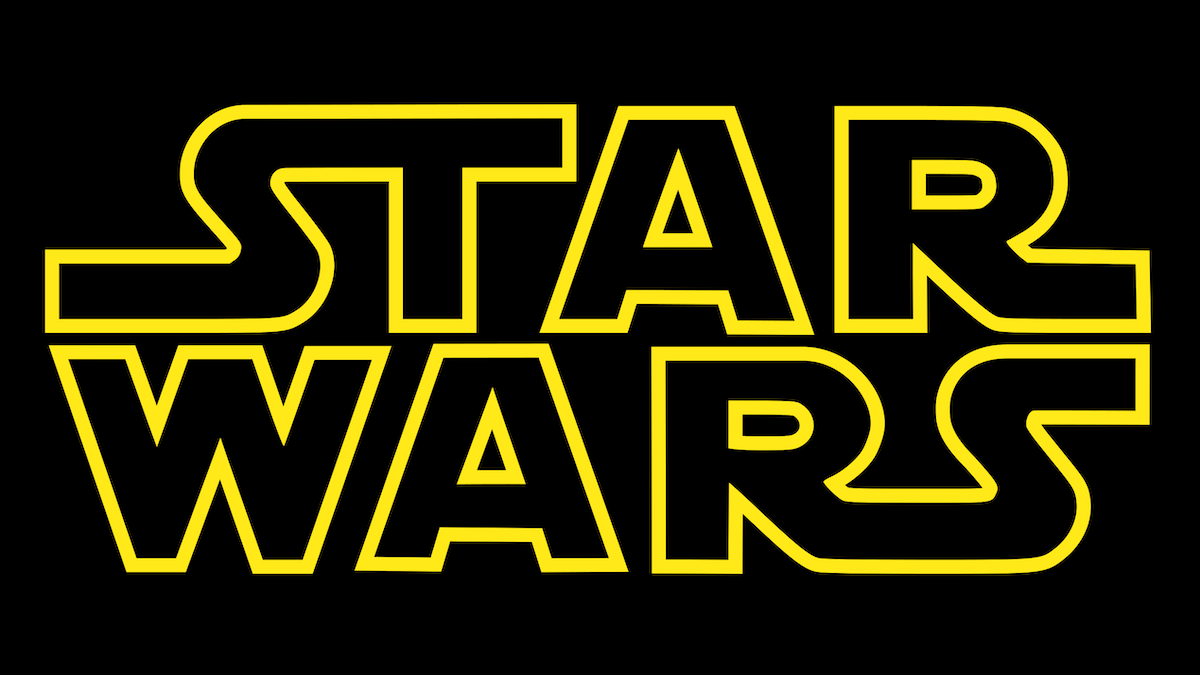You might think this is an easy question to answer, but the saga of who actually directed various Star Wars movies is as exciting and dramatic as anything on screen. This is a tale of stress, misery, disappointment, physical pain, and betrayal, sprinkled with only a few moments of genuine artistic fulfilment.
After reading through this article you may come to see a Star Wars directing gig as the most poisonous chalice in cinema. So, let’s look through every theatrically released Star Wars movie and pin down who directed them (and it’s not necessarily the name at the top of the credits!).
Star Wars: A New Hope (George Lucas)
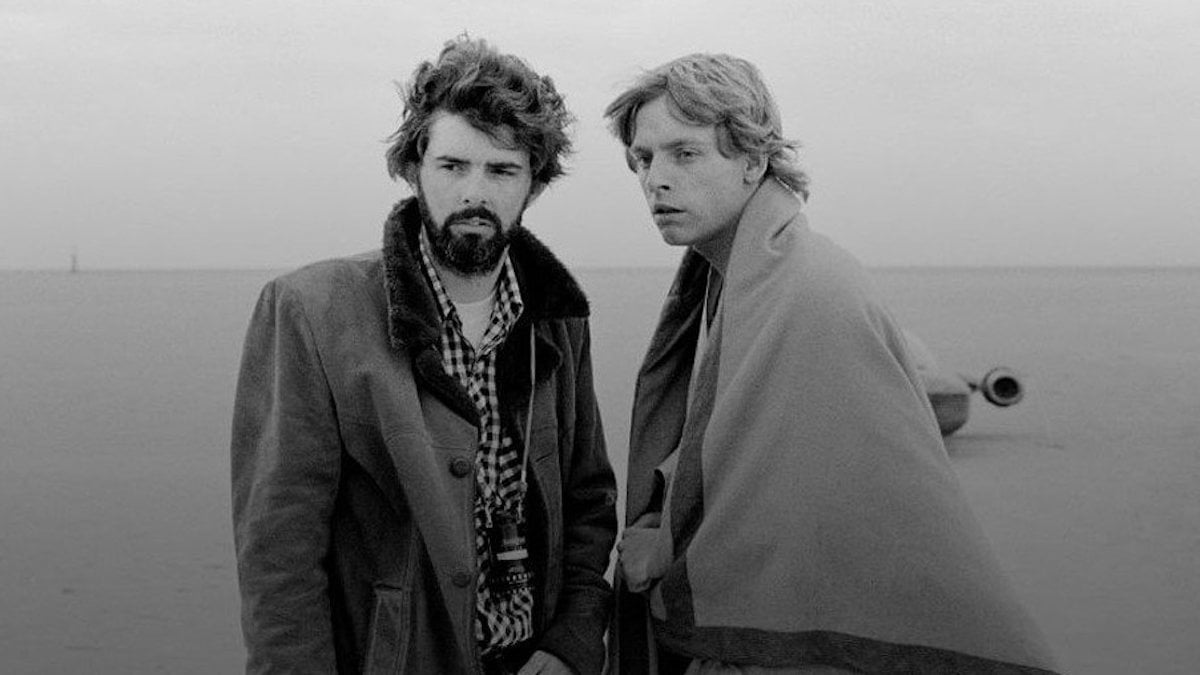
No surprises here, this is George Lucas’ baby. The tale of how an aspiring young filmmaker convinced a skeptical studio to give him the budget for a bizarre-sounding movie influenced by pulp serials is now legend. Lucas had been developing Star Wars throughout the 1970s, though practically everyone involved in the movie except him expected it to be a box office bomb.
It wasn’t until the final cut was complete with all VFX shots, John Williams’ score, and Marcia Lucas’ editing that everyone realized this was going to be something special.
Star Wars: The Empire Strikes Back (Irvin Kershner)
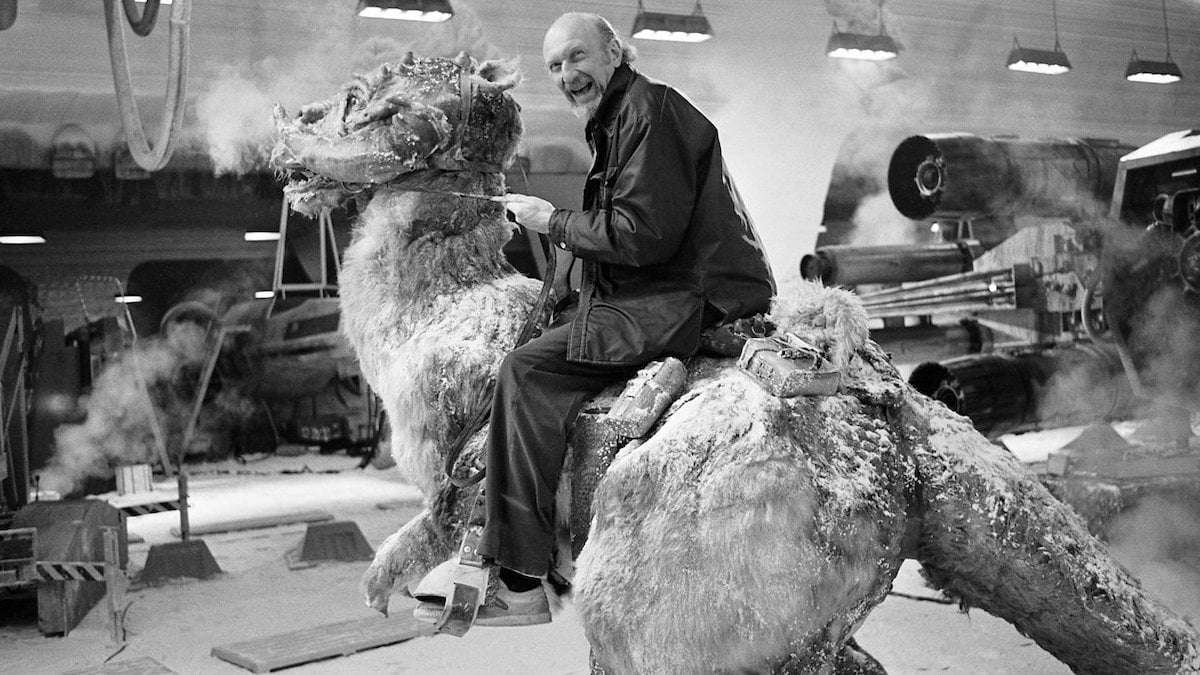
A New Hope made George Lucas one of the hottest directors in Hollywood and most assumed he’d be back for Star Wars 2. But when it came time for The Empire Strikes Back, Irvin Kershner — a well-respected director of small-scale dramas — was in the big chair. Lucas later explained that the stress of making A New Hope had taken its toll on his health, so he focused on writing and technical aspects of the movie and hand-picked Kirshner to replace him.
In a 1980 interview with Rolling Stone Lucas said a visit to the icy-cold Norwegian Hoth shoot confirmed to him he’d made the right call:
“I visited the set in Norway and saw all the problems and the misery that [director Irvin] Kershner was going through, wow, can you imagine being in the Arctic Circle at forty-five below zero? It’s hard enough just to walk through it, let alone direct the actors, move the equipment. It was easy to let go of directing.”
However, despite this movie turning out beautifully, Lucas was unhappy that Kerschner had overruled him on various decisions. That unhappiness led to…
Star Wars: Return of the Jedi (Richard Marquand)
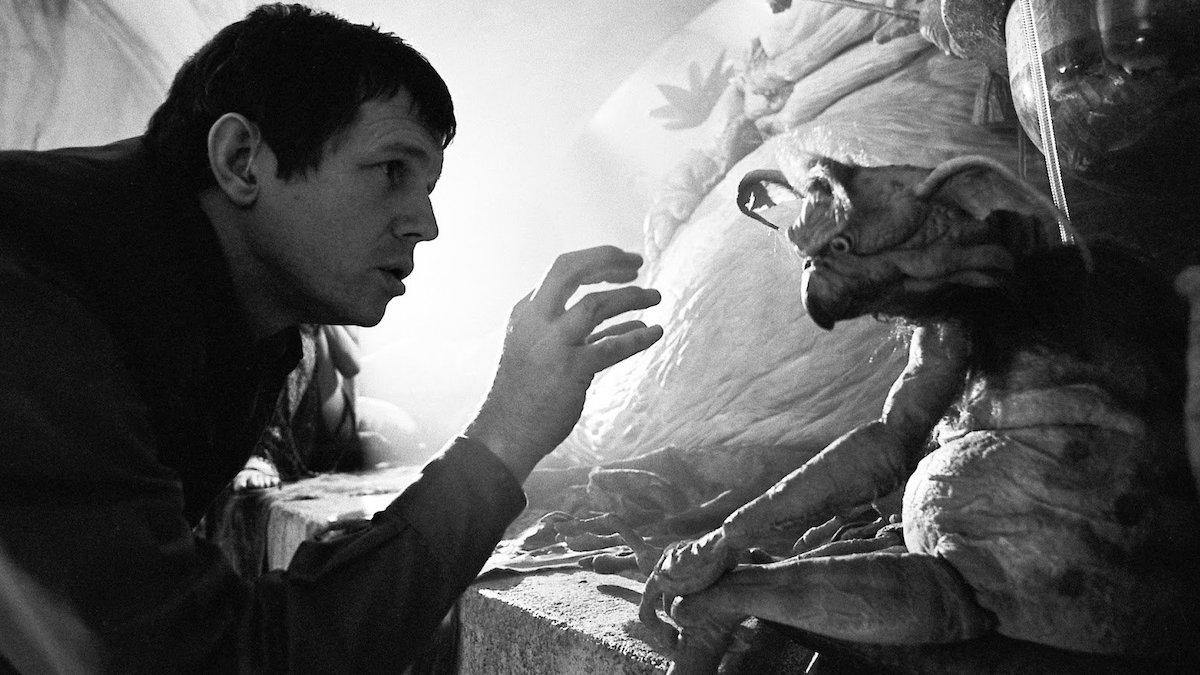
Lucas went on a long hunt to find a director for Return of the Jedi, with Steven Spielberg, David Lynch, and David Cronenberg all approached to helm the original trilogy’s finale. In the end he chose little-known British director Richard Marquand, having been impressed by his work on the 1980 spy movie The Eye of the Needle.
The particulars of Lucas and Marquand’s working relationship on Return of the Jedi are still hazy, though it’s generally accepted that Lucas was on set at all times giving detailed notes and commentary to Marquand. At this point, you’re forgiven for wondering why Lucas didn’t just direct the movie himself, though sources say he preferred not to have to deal with organizing a complicated shoot and simply wanted to focus on story and characters.
Marquand would go on to direct a handful of movies in the 1980s before tragically dying of a sudden embolism in 1987 a few days before his 50th birthday. But whatever his actual artistic contributions to Return of the Jedi were, the movie turned out great so he must have done something right.
Caravan of Courage: An Ewok Adventure (John Korty)
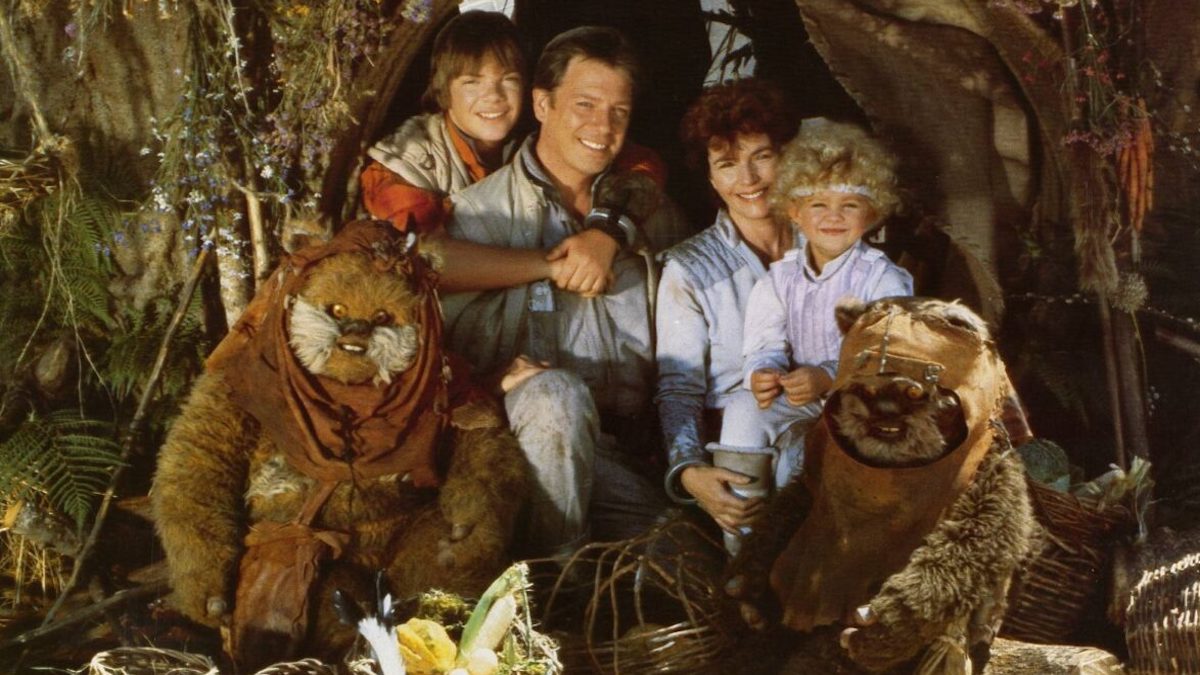
Yes, we’re including the Ewok movies. The two obscure Star Wars spinoffs star everyone’s favorite homicidal teddy bears and were intended for TV, but also got a limited theatrical release. Caravan of Courage ended up being helmed by veteran director and animator John Korty, whose 1977 film Who Are the DeBolts? And Where Did They Get Nineteen Kids? and won an Academy Award for best documentary.
But Korty was likely picked for the puppet-heavy Caravan of Courage because of his work on Sesame Street in the ’70s and ’80s where, in a fun bit of movie trivia, a young David Fincher worked as his assistant.
Ewoks: The Battle for Endor (Ken and Jim Wheat)
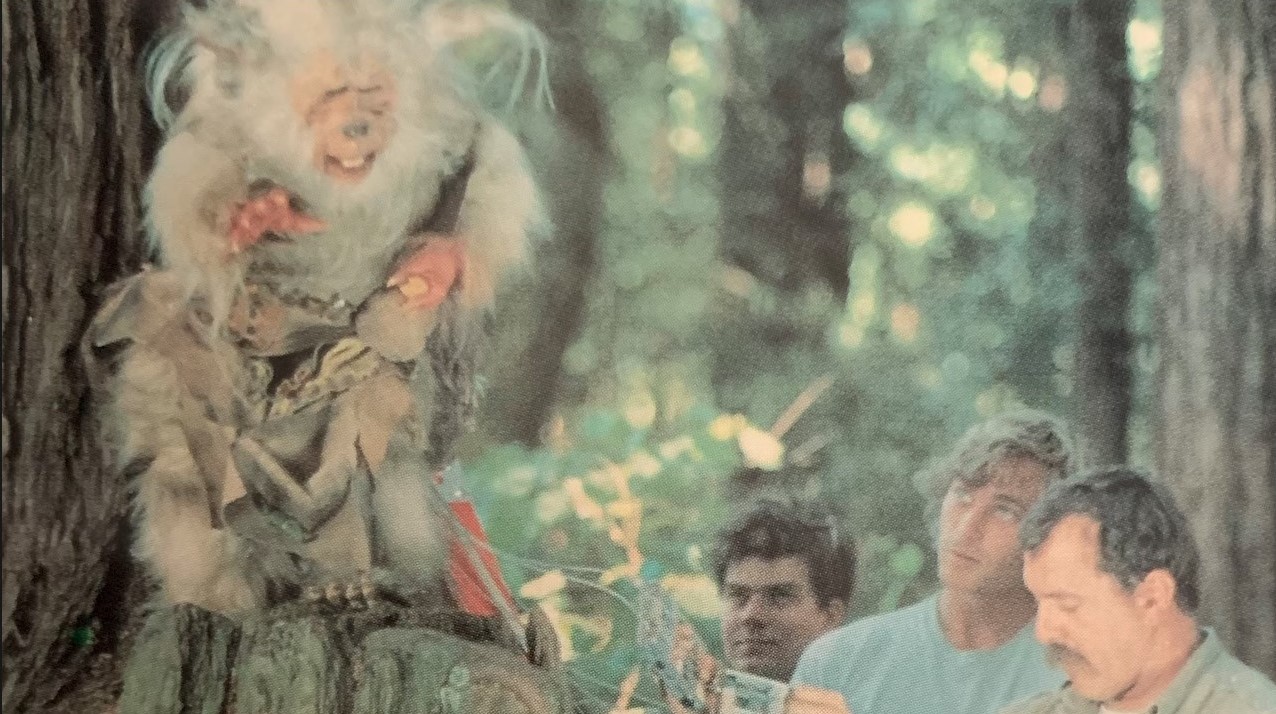
Ewoks: The Battle for Endor represents an anomaly in the Wheat brothers’ filmography. Pretty much everything else they’ve done is horror, with writing credits on A Nightmare on Elm Street 4: The Dream Master, The Fly II, The Birds II, and Pitch Black.
Apparently Lucas was a fan of their work and the three fleshed out this sequel in two four-hour sessions, going on to shoot the movie in California in 1985. The Battle for Endor also represents ILM’s last traditional stop-motion animated movie, which would be replaced by “go-motion”, and then by CGI in Jurassic Park.
Star Wars: The Phantom Menace, Attack of the Clones, and Revenge of the Sith (George Lucas)
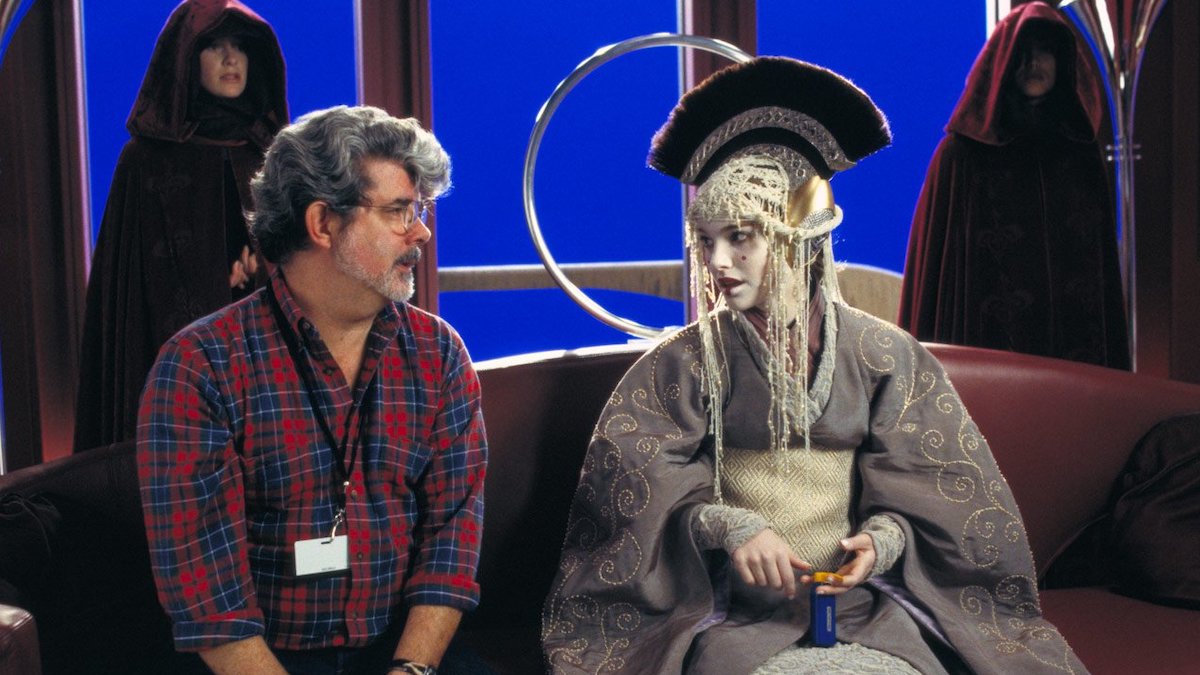
By the time of 1999’s The Phantom Menace, George Lucas hadn’t had a director’s credit on a movie since A New Hope. This made the prospect of him taking full creative control one of the most exciting things about the Star Wars prequel trilogy. But, after seeing the antics of Jar Jar Binks, some in the audience were likely wishing he’d maintained the same backseat role as on The Empire Strikes Back and Return of the Jedi.
We’re not going to re-litigate the well-trodden territory of arguments about the prequel trilogy, save to say that we agree with the conventional wisdom that George Lucas is an excellent ideas man, the trilogy at least presents a coherent story, and also established the rules for 21st-century digital movie-making. But when it comes to dialogue, pacing, and directing actors… Hoo boy.
Star Wars: The Clone Wars (Dave Filoni)
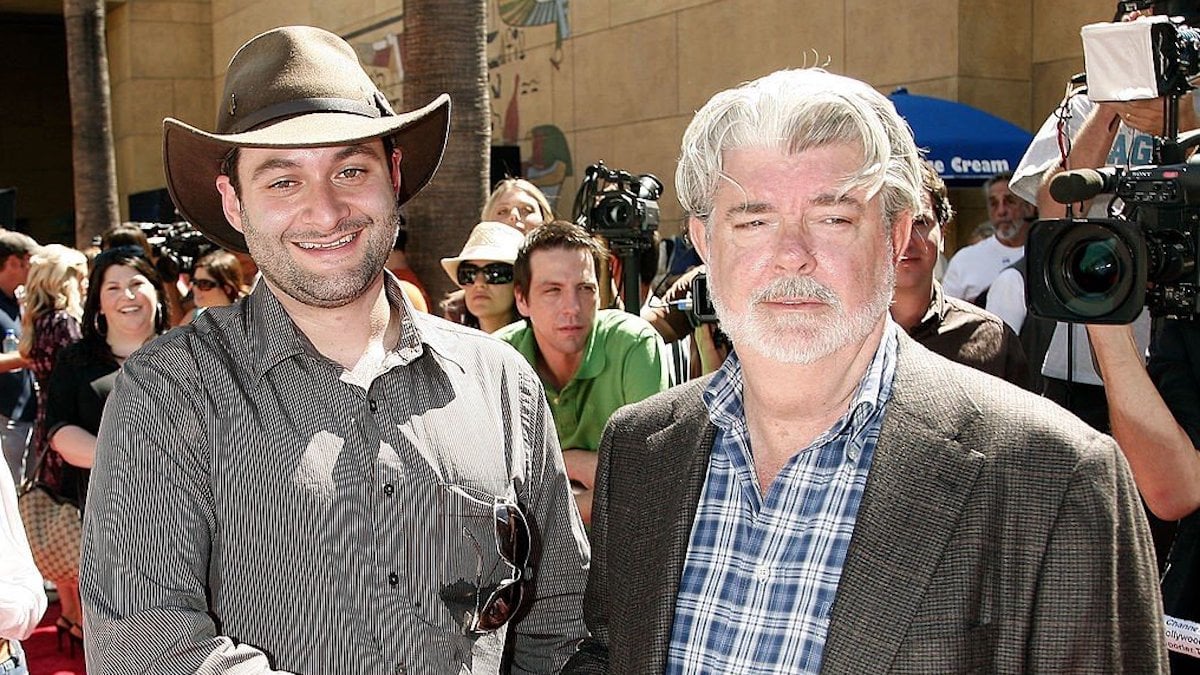
This 2008 theatrical release is essentially the pilot episode for the TV show of the same name and was thrown together at the very last minute. The story goes that George Lucas was shown the first few episodes of the show and was so impressed he decided they should be transformed into a theatrical release. At the helm was former Nickelodeon director and Star Wars superfan Dave Filoni, taking on his first gig in a galaxy far, far away.
Reception to The Clone Wars movie wasn’t great, though the show itself eventually became a must-watch for Star Wars fans and Filoni proved his worth many times over. He’s now been responsible for directing, writing, and producing The Mandalorian, The Book of Boba Fett, and the upcoming Ahsoka. Filoni is now considered Lucas’ natural successor as the mastermind behind Star Wars‘ future, a reputation he’s more than earned.
Star Wars: The Force Awakens (J.J. Abrams)
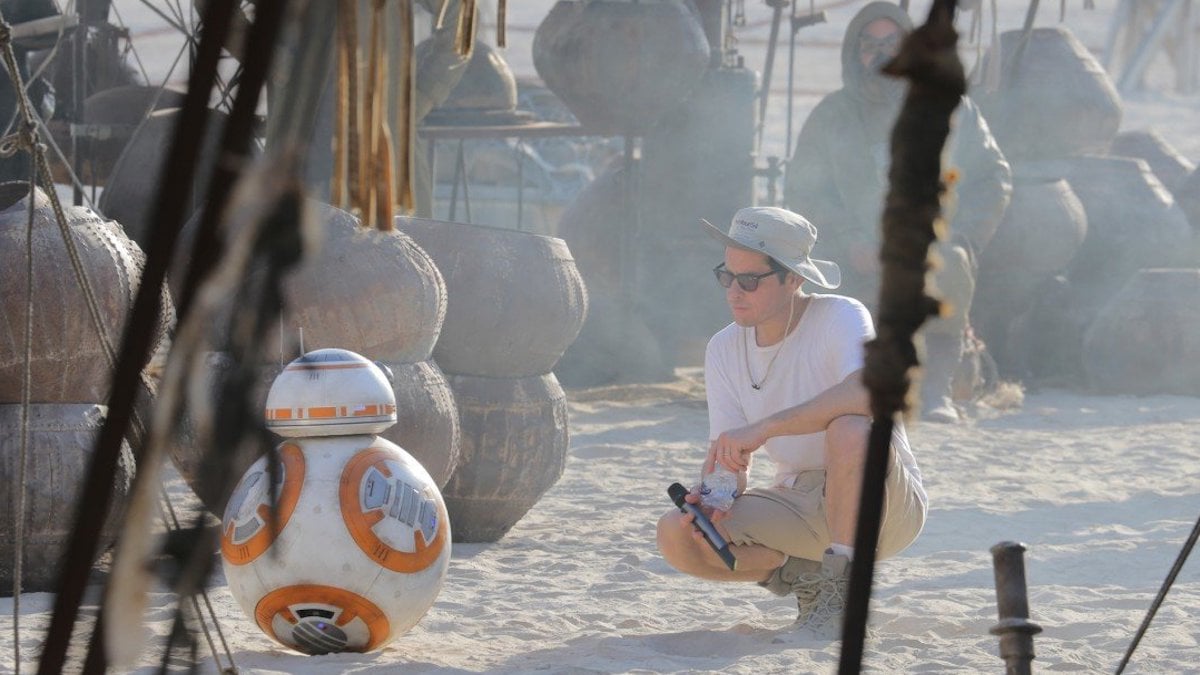
Disney spent a long time searching for the right director to launch their sequel trilogy. Those approached include David Fincher, Brad Bird, Jon Favreau, Guillermo Del Toro, Matthew Vaughn, Colin Trevorrow, Ben Affleck, and Neill Blomkamp, though it was Steven Spielberg who finally suggested J.J. Abrams. However, Abrams initially turned The Force Awakens down as:
“I didn’t wanna do another sequel—I’m sick of movies with numbers… As a fan, I’d rather just go to the theater and watch the movie.”
After finally signing on and getting deep into production he may have wished he’d listened to his gut reaction. Abrams and Lucasfilm butted heads over creative differences, there were extensive reshoots, and Disney imposed the stress-inducing hard deadline of a 2015 release. Beyond that, Harrison Ford was seriously injured in an on-set accident, Abrams broke his own back trying to assist him, and had to wear a back brace under his clothes for the rest of the shoot.
The film turned out fine, though Abrams must have been glad to hand the baton to Rian Johnson and likely vowed to never set foot on a Star Wars set again.
Rogue One: A Star Wars Story (Gareth Edwards/Tony Gilroy)
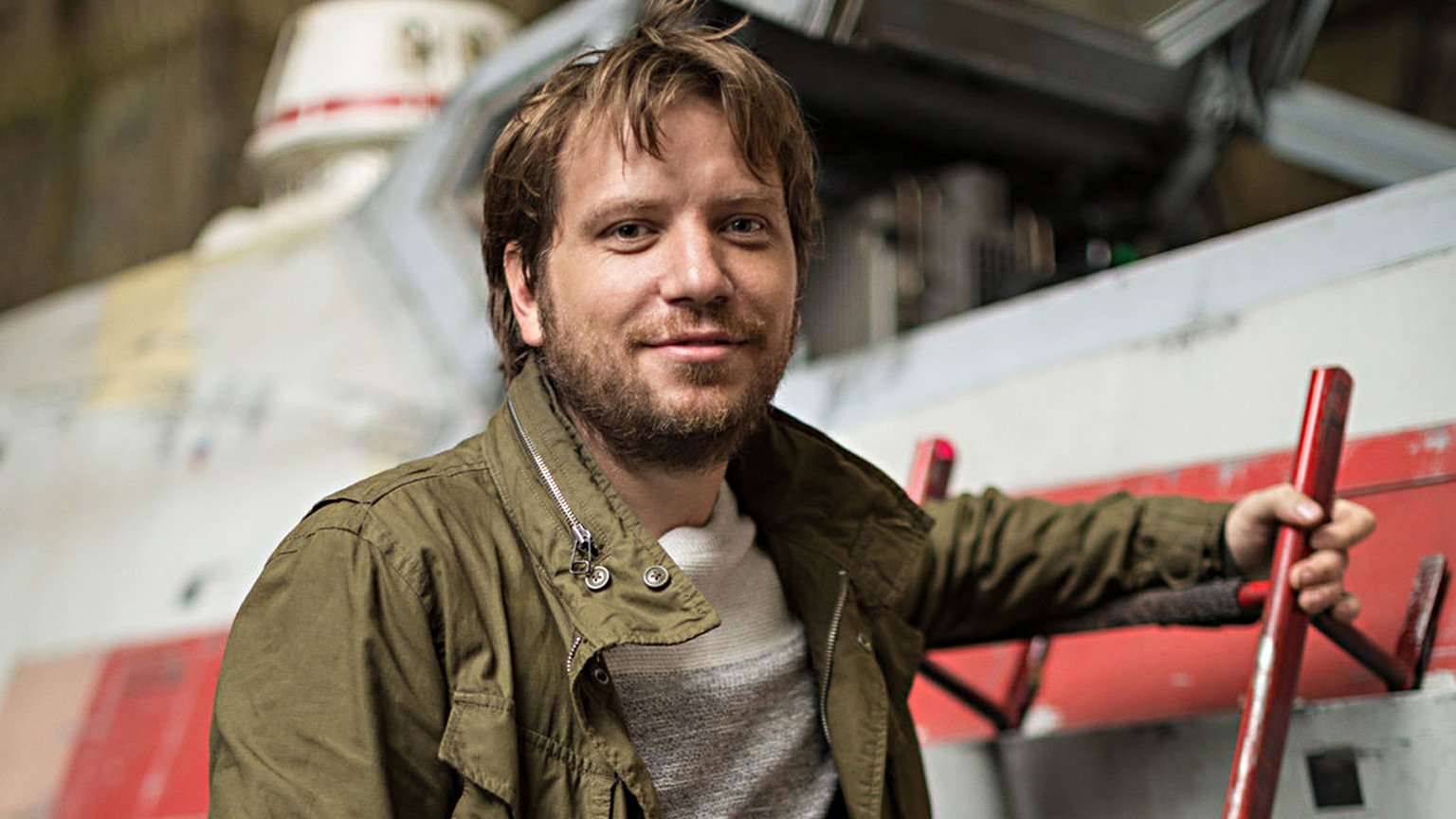
You may start to notice a theme developing with Disney’s Star Wars movies, as Rogue One proved to be an even more chaotic production than The Force Awakens. Godzilla director Gareth Edwards was given the job, though Lucasfilm head Kathleen Kennedy and other Lucasfilm producers were reportedly extremely unhappy with his work.
The full story of what went actually down on Rogue One is still largely unknown, but it’s now common knowledge the film was taken away from Edwards and experienced writer Tony Gilroy took over as director.
In a 2018 interview with THR, Gilroy summarized what he found when he arrived on set:
“They were in such a swamp … they were in so much terrible, terrible trouble that all you could do was improve their position.”
Edwards remains the credited director, though many justifiably consider this as much Gilroy’s movie as his.
Star Wars: The Last Jedi (Rian Johnson)
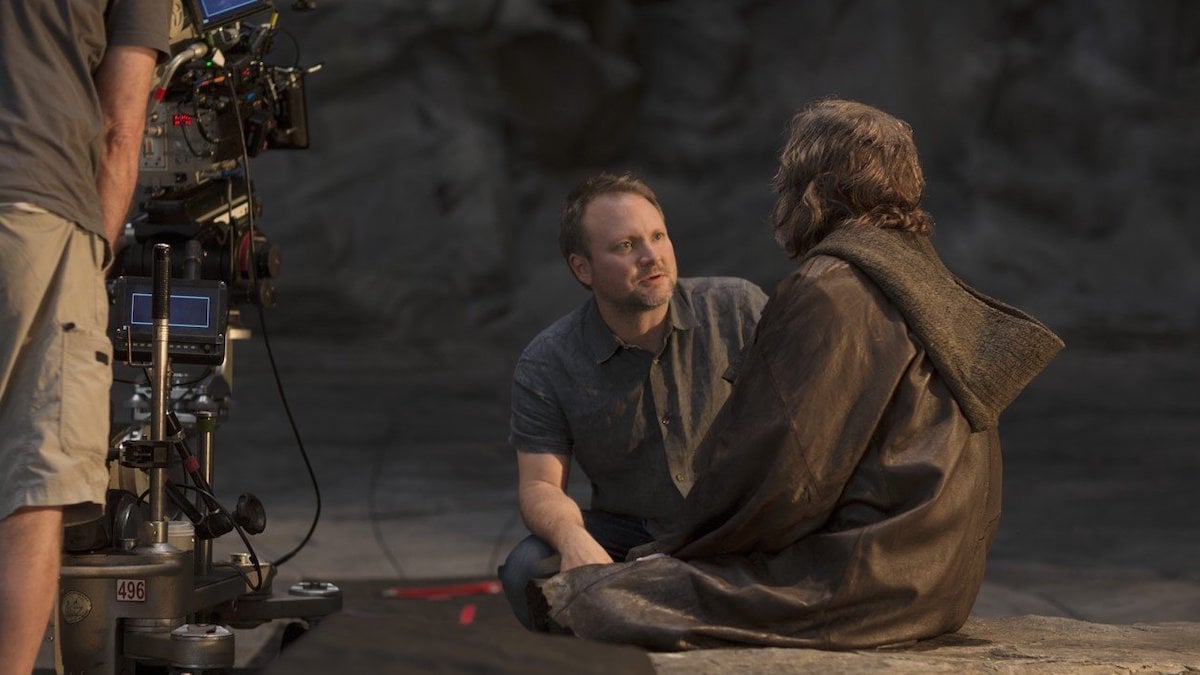
It’s darkly ironic that the Star Wars movie that generated the most drama has the most calm and competent production of any Disney feature on this list. Whatever your opinion of Rian Johnson’s take on the story, he delivered exactly what Disney asked for on time with minimal drama and few reshoots.
Disney and Lucasfilm were so pleased with Johnson they immediately offered him his own Star Wars movie trilogy, though it seems this is very firmly on the back-burner and probably won’t ever see the light of day.
We wouldn’t blame Johnson for staying away as he’s still basically Satan to a certain set of Star Wars fans. Johnson went on to have the last laugh by following up The Last Jedi with Knives Out. His murder mystery was so well-received Netflix purchased the IP and any sequels from him for a colossal $400 million – of which he personally made roughly $100 million. Who needs lightsabers anyway?
Solo: A Star Wars Story (Ron Howard)
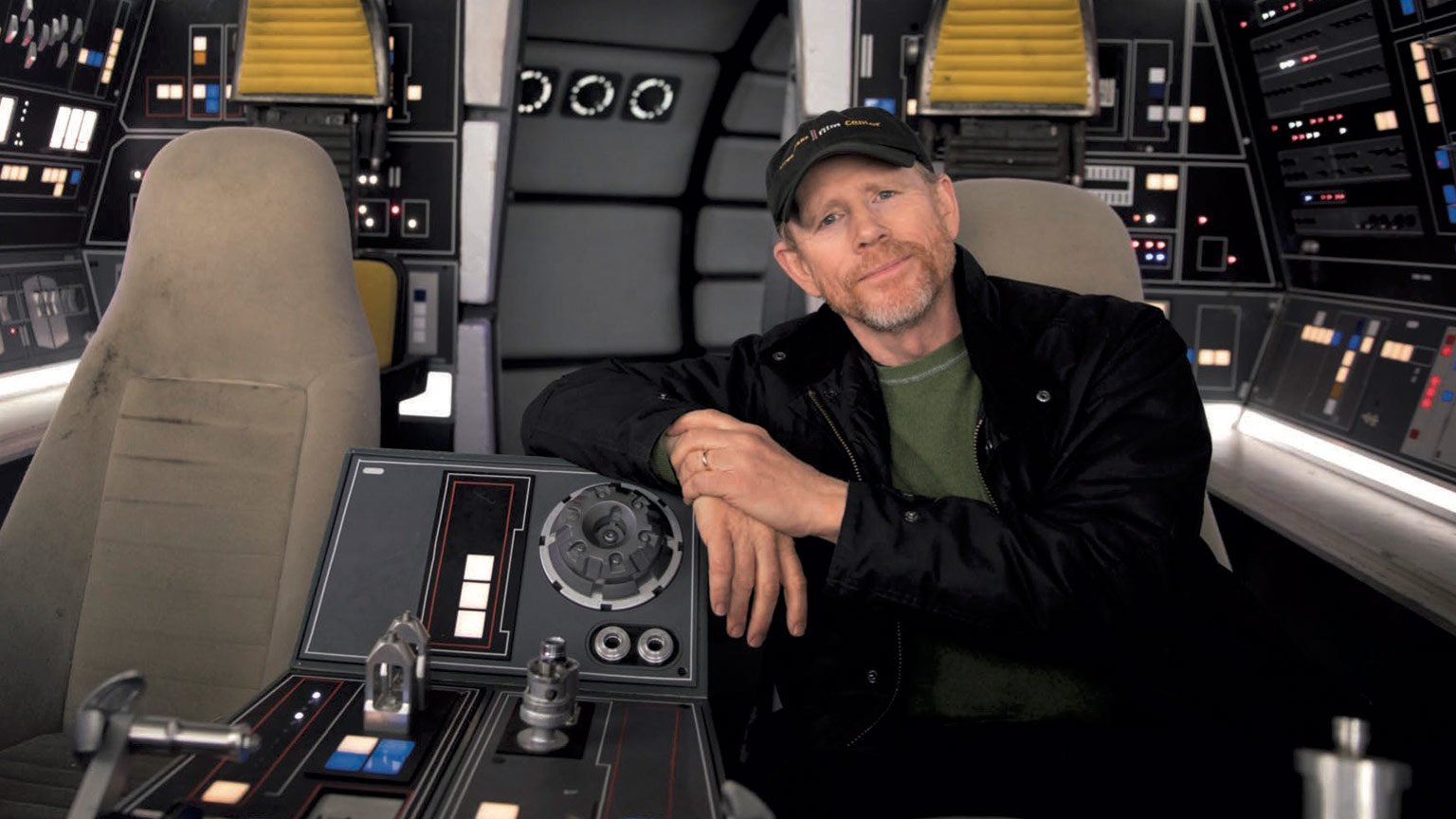
And back to the chaos. Solo: A Star Wars Story was originally directed by Phil Lord and Christopher Miller, famed for the 21 Jump Street movies, The LEGO Movie, and Spider-Man: Into the Spider-Verse. By the time they were hired for Solo their comedic style was well-established, so it’s eyebrow-raising that Lucasfilm apparently got a nasty surprise when they saw the dailies they were turning out.
Three-quarters of the way through principal photography Lucasfilm fired Lord & Miller, citing “creative differences”, with industry reports claiming that the pair refused to bow to the producer’s demands to strip out the light-hearted tone in favor of something more serious.
Veteran director Ron Howard was quickly installed and delivered a competent but forgettable adventure. Solo went on to underperform at the box office and Disney promptly slammed the brakes on their plans to release a new Star Wars movie every year.
Star Wars: The Rise of Skywalker (J.J. Abrams)
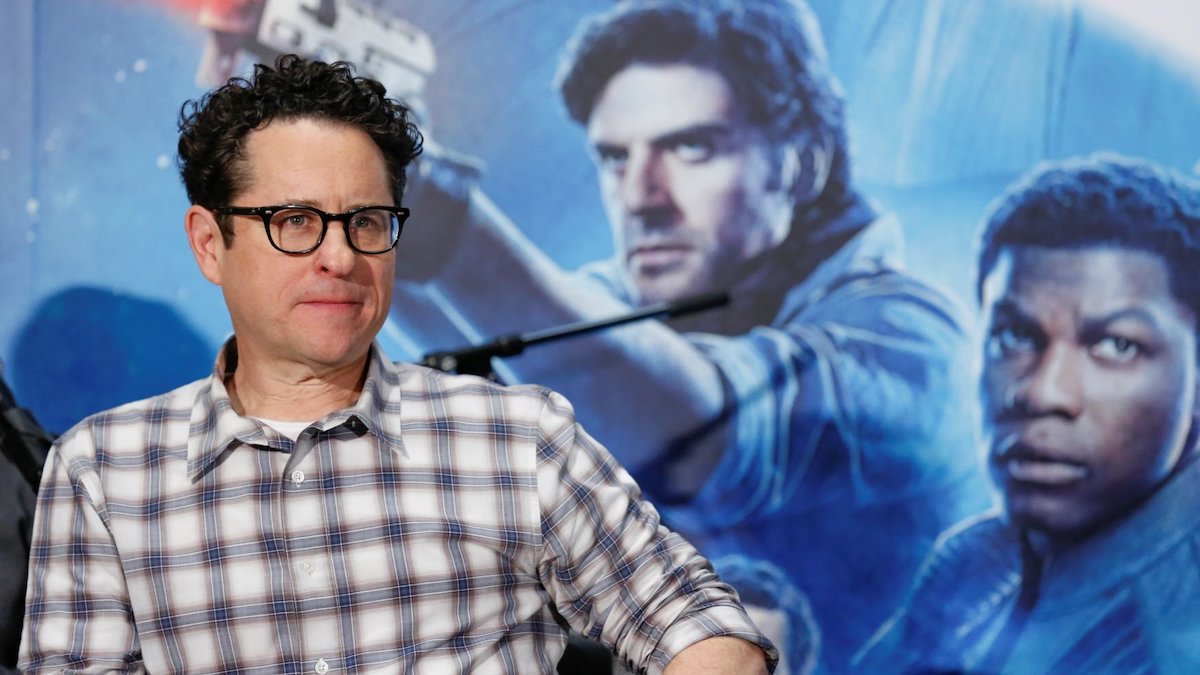
Someone really needs to tell Lucasfilm the saying about not changing horses midstream. Jurassic World director Colin Trevorrow was unveiled as the director back in 2015 and spent a substantial amount of time working on the script known as Star Wars: Duel of the Fates. But, after the now-inevitable creative clashes with Lucasfilm (not helped by Trevorrow releasing the objectively terrible The Book of Henry), he was booted off the sequel trilogy finale in 2017.
David Fincher was approached, but it was soon announced that J.J. Abrams would be back to wrap up the story he began with The Force Awakens. Abrams had to contend with narrative beats imposed from Lucasfilm management, needed to work around the tragic death of Carrie Fisher, and was given a shooting schedule three months shorter than The Force Awakens.
The results speak for themselves. The Rise of Skywalker received the worst reviews a mainline entry in the franchise had ever seen, is considered a huge missed opportunity, and retroactively made The Force Awakens and The Last Jedi worse by failing to resolve their narrative strands.
The future
Have lessons been learned? Well, Star Wars movie production doesn’t appear to be getting any smoother. Patty Jenkins’ Rogue Squadron was supposed to release in December 2023, though our old friend “creative differences” once again reared its head and Kathleen Kennedy has confirmed this it’s been “pushed off to one side for the moment”.
This means Taika Waititi’s Star Wars project will be the next theatrical release, though after summarizing all the misery Lucasfilm has subjected its directors to over the last decade, all we can say is “I have a bad feeling about this”.

